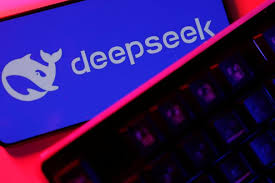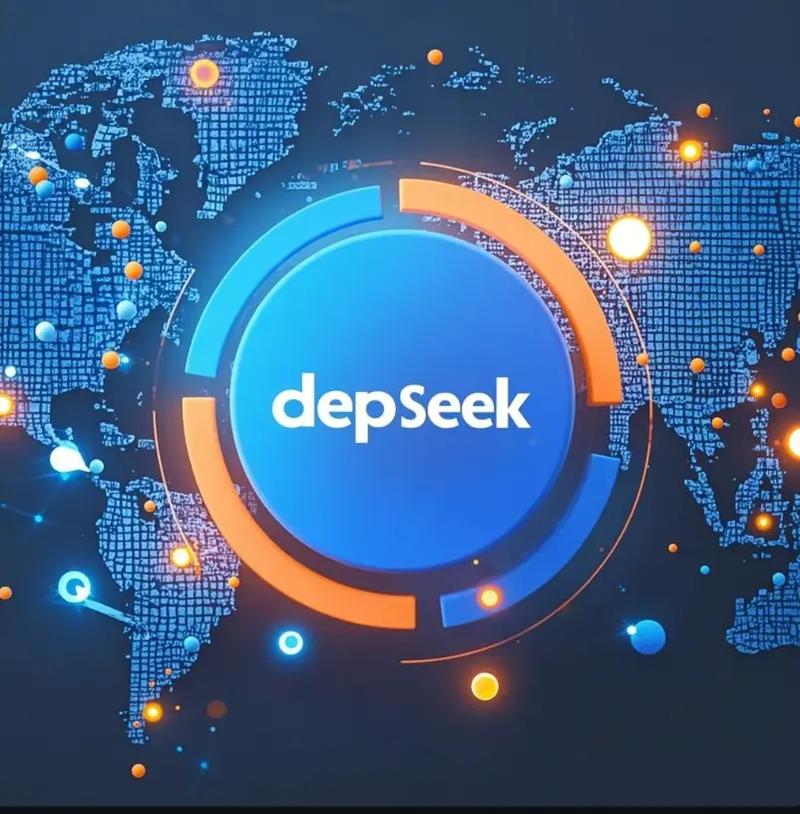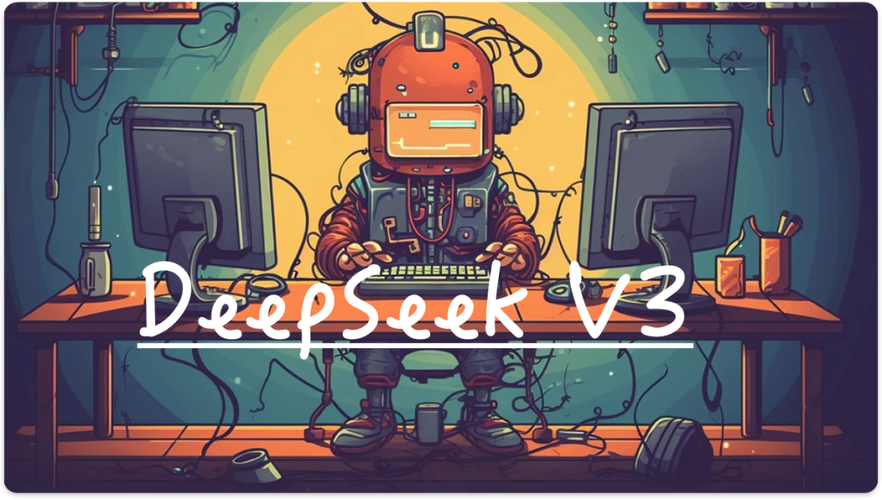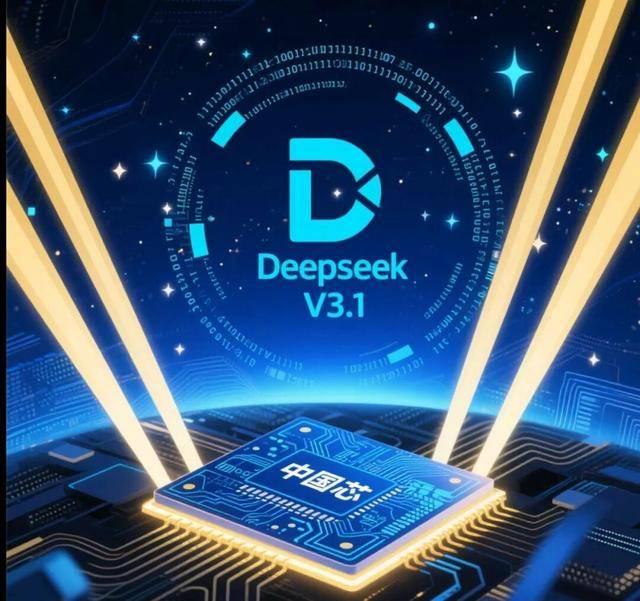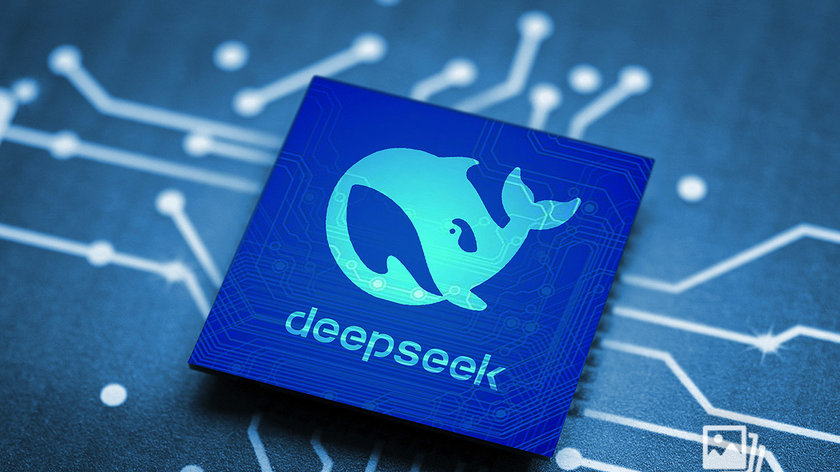Never Install DeepSeek R1 Locally Before Watching This!
Table of Contents
Introduction: Why This Warning?
What Is DeepSeek R1?
Why Run It Locally? Pros & Temptations
The Hidden Requirements: Compute, Storage, Bandwidth
DeepSeek R1 Architecture (and Why It’s So Heavy)
Download Sources: Which Ones Are Safe and Updated?
Full Installation Walkthrough (Ubuntu + Docker + vLLM)
Common Pitfalls People Don’t Talk About
Performance Benchmarks: Expectation vs Reality
Alternatives to Local Hosting: Lighter Versions & APIs
Community Tips for Smooth Running
Security, Licensing & Compliance Concerns
Final Thoughts: Should You Even Bother?
Resources & Verified Links
1. Introduction: Why This Warning?
So you’re thinking of downloading DeepSeek R1 — the “beast” model with MoE architecture and over 236B parameters — and running it locally?
You’ve seen the headlines:
“Open-source GPT-4 killer!”
“Offline AI with no API limits!”
“Run on your own RTX 3090!”
But stop right there.
This isn’t your average Hugging Face model.
There are serious things you must know before attempting installation.
You may burn days of setup time or crash your system — or worse, misunderstand what this model actually is.
This article is your full warning + guide so you go in fully prepared.
2. What Is DeepSeek R1?
DeepSeek R1 is the first generation large-scale open-source language model released by DeepSeek AI, a China-based team backed by High-Flyer Capital.
🧠 Model Highlights:
236B total parameters
MoE (Mixture of Experts) architecture
37B active parameters per forward pass
Trained on 2T+ tokens (multi-lingual, high quality)
Supports 16K+ context window
Released under MIT-style open license
It’s often positioned as the free equivalent to GPT-4, and many developers are excited about deploying it without API rate limits or vendor lock-in.
3. Why Run It Locally? Pros & Temptations
| Benefit | Explanation |
|---|---|
| 🔐 Privacy | Avoid sending your data to 3rd-party clouds |
| 💸 Cost Control | No API usage fees or cloud GPU costs |
| 💻 Full Customization | Tune model behavior, prompts, tokenizer, etc. |
| 🛠️ Offline Access | No dependency on network or platform stability |
| 🤖 Automation Use | Integrate into local scripts, servers, apps |
But these pros come with serious trade-offs — especially for R1’s massive MoE architecture.
4. The Hidden Requirements: Compute, Storage, Bandwidth
Most people fail to realize just how demanding R1 is.
⚙️ Hardware Specs Needed (Minimum):
GPU: 4x A100 40GB or 8x RTX 3090
RAM: 128GB system memory
VRAM: 40GB+ per active shard
Storage: ~180GB model + 100GB swap/cache
Power Supply: 1500W+ for multi-GPU rigs
This is not suitable for laptops or mid-range PCs — unless you're using quantized versions (see below).
5. DeepSeek R1 Architecture (and Why It’s So Heavy)
R1 is built using a Mixture-of-Experts transformer architecture:
Each forward pass activates only a subset of the full model (e.g. 2 out of 64 experts)
This reduces runtime compute, but model size is still huge
Specialized routing layers and gates are required
Not all inference engines support it
🧪 Technical Profile:
Framework: PyTorch (with DeepSpeed or vLLM)
Activation: ReLU / SwiGLU
Tokenizer: Custom variant of SentencePiece
MoE router: GShard-style top-2 routing
6. Download Sources: Which Ones Are Safe and Updated?
✅ Official Sources:
Warning: Avoid random torrents or unknown mirrors — they may contain malware or altered weights.
🧾 Required Files:
config.jsontokenizer.modelpytorch_model-00001-of-000xx.bin(usually split into 20–40 parts)MoE-specific configs (
moe_config.json)
Download using git-lfs or huggingface_hub to avoid corruption.
7. Full Installation Walkthrough (Ubuntu + Docker + vLLM)
Here’s how to run DeepSeek R1 properly in a Linux environment.
Step 1: Install Dependencies
bash sudo apt update sudo apt install -y nvidia-driver-525 nvidia-container-toolkit docker.io git-lfs
Step 2: Clone vLLM with MoE Support
bash git clone https://github.com/vllm-project/vllmcd vllm && pip install -e .
Note: Use vLLM fork with MoE routing support (
--moe-top-k=2flag)
Step 3: Download Model
bash huggingface-cli login git lfs install git clone https://huggingface.co/deepseek-ai/DeepSeek-MoE-Base
Step 4: Run Inference Server
bash python -m vllm.entrypoints.openai.api_server \ --model deepseek-ai/DeepSeek-MoE-Base \ --moe-top-k=2 \ --gpu-memory-utilization 0.9 \ --dtype float16
Server will launch at http://localhost:8000/v1/chat/completions using OpenAI-compatible API.
8. Common Pitfalls People Don’t Talk About
| Pitfall | Explanation |
|---|---|
| ❌ VRAM Overload | Model will crash if GPU memory is insufficient |
| ❌ Wrong Routing Config | Requires top-k expert activation (usually 2) |
| ❌ Model Corruption | Incomplete download of binary files |
| ❌ Python + PyTorch version mismatch | Must use Python 3.10+ and PyTorch 2.1+ |
| ❌ GPU Fragmentation | Avoid using system with mixed GPU sizes |
9. Performance Benchmarks: Expectation vs Reality
Here’s how DeepSeek R1 stacks up locally:
| Metric | RTX 3090 x 4 (float16) | A100 x 4 (bfloat16) |
|---|---|---|
| Inference Speed | ~1.2 tokens/sec | ~4.5 tokens/sec |
| Max Context Window | 8K–16K tokens | Up to 32K (with tuning) |
| Memory Consumption | ~90GB total | ~180GB total |
| Launch Time | ~2–5 minutes | <1 minute |
🧪 Quantized versions (4-bit, GGUF) are faster — but often lose reasoning performance.
10. Alternatives to Local Hosting: Lighter Versions & APIs
You don’t have to run full R1 locally.
💡 Lighter Options:
| Model | Parameters | Host Option |
|---|---|---|
| DeepSeek-Chat | 13B | HuggingFace + vLLM |
| DeepSeek-Coder | 16B | RooCode / LM Studio |
| DeepSeek-R3 Chat | 48B | vLLM / AWS / Web UI |
You can also use:
LM Studio with quantized GGUF weights
11. Community Tips for Smooth Running
Always use SSD for weight loading
Run on bare-metal Linux, not virtualized environments
If RAM <128GB, set low CPU cache in vLLM
Prefer bfloat16 over float32 to save memory
Monitor temps — R1 runs hot even at idle
12. Security, Licensing & Compliance Concerns
✅ Licensing:
DeepSeek R1 is MIT-licensed (non-commercial use allowed)
You can modify, redistribute, and self-host freely
⚠️ Security Notes:
Avoid exposing your local server to internet without proxy
Some model files may be poisoned if downloaded from 3rd party
Set proper API key or firewall if using with public tools
13. Final Thoughts: Should You Even Bother?
If you’re a:
Researcher
Open-source advocate
Privacy-first engineer
AI infrastructure tinkerer...
Then yes — installing DeepSeek R1 locally is a badge of honor.
But if you’re:
A hobbyist with a laptop
Expecting GPT-4 speed on a 1070Ti
Not ready to debug CUDA errors
Then stop right now — and go with the API or quantized versions.
Running R1 is like taming a dragon — powerful, but dangerous if mishandled.
14. Resources & Verified Links
| Resource | URL |
|---|---|
| Official Hugging Face | https://huggingface.co/deepseek-ai/DeepSeek-MoE-Base |
| DeepSeek Platform API | https://platform.deepseek.com |
| vLLM (MoE Fork) | https://github.com/vllm-project/vllm |
| LM Studio (offline UI) | https://lmstudio.ai |
| DeepSeek Discord (Community) | https://discord.gg/deepseek |
| MoE Model Tuning Guide | https://rentry.org/deepseek-moe-setup |
| YouTube Walkthrough (unofficial) | [Search: DeepSeek R1 Local Install] |
